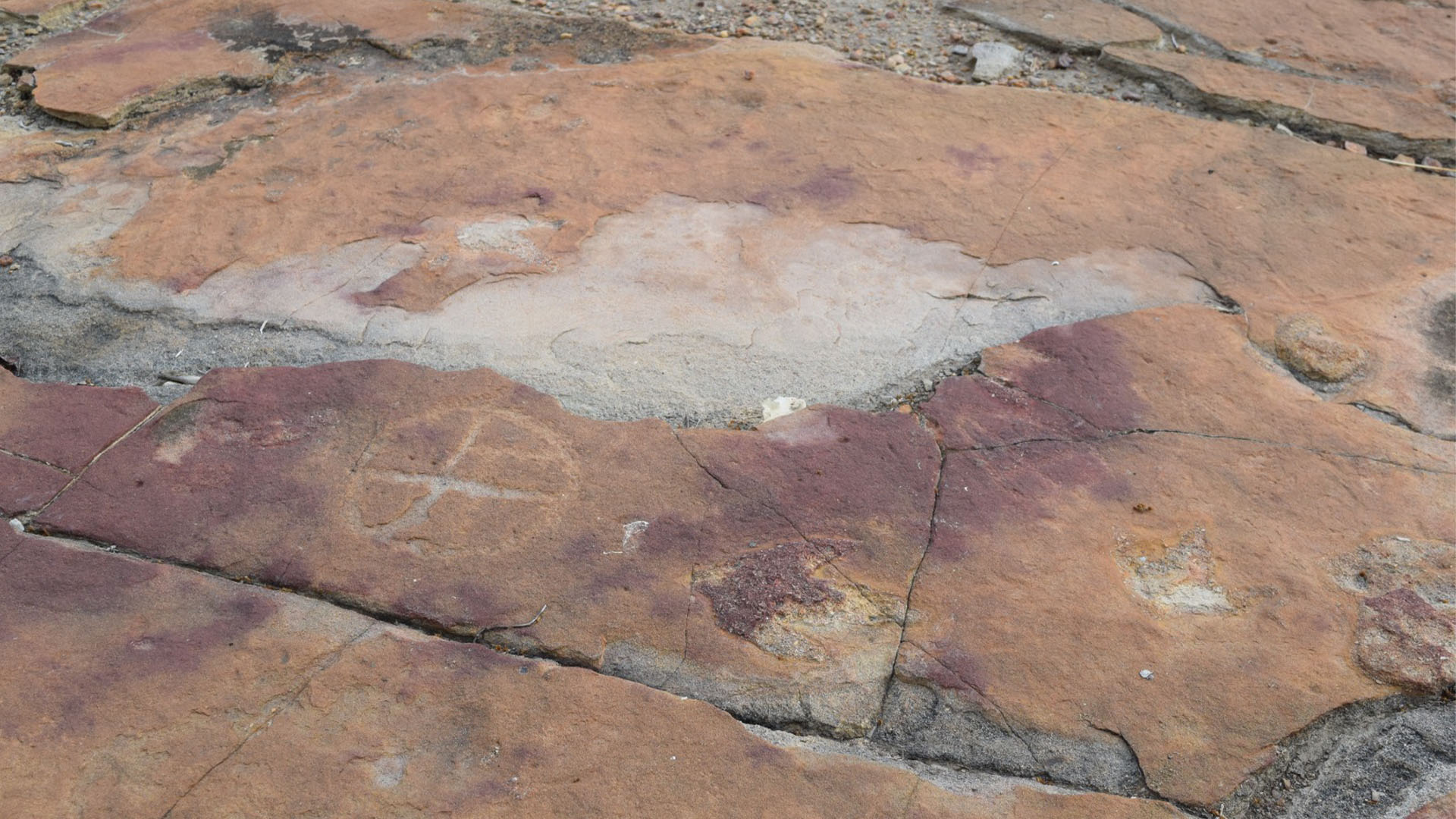
As far back as 9,400 years ago, hunter-gatherers in what is now Brazil created dozens of stunning rock-art designs next to the fossilized footprints of dinosaurs, a new study finds.
Researchers described the petroglyphs and dinosaur tracks, which date to the Cretaceous period (145 million to 66 million years ago), in a study published March 19 in the journal Scientific Reports. They think ancient humans purposefully put the rock art next to the dinosaurs' prints, as many of the petroglyphs are a mere 2 to 4 inches (5 to 10 centimeters) from the fossilized marks and some of the glyphs appear to be illustrations of the prints.
"The individuals who crafted the petroglyphs were acutely aware of the footprints, likely selecting the location precisely because of them," study first author Leonardo Troiano, an archaeologist from Brazil's National Institute of Historic and Artistic Heritage, told Live Science "It would have been impossible to overlook their presence."
The archaeological site, known as Serrote do Letreiro (Portuguese for "Signpost Hill"), is about 7 miles (11 kilometers) from the urban center of Sousa municipality in the northeastern state of Paraíba. It's close to the Valley of the Dinosaurs, a conservation area renowned for its hundreds of fossilized dinosaur footprints.
Researchers have known about the fossilized dinosaur prints in the area since the early 20th century, but the rock art there has been only briefly mentioned over the years, the new study reported. While there was already knowledge of at least one ancient engraving by the Kiriri, the main Indigenous group in the hinterlands of northeast Brazil, the proximity between the petroglyphs and the dinosaur trackways had never been documented, Troiano said.
Related: 2,000-year-old carvings of celestial bodies and animals discovered on rocky cliffs in Brazil
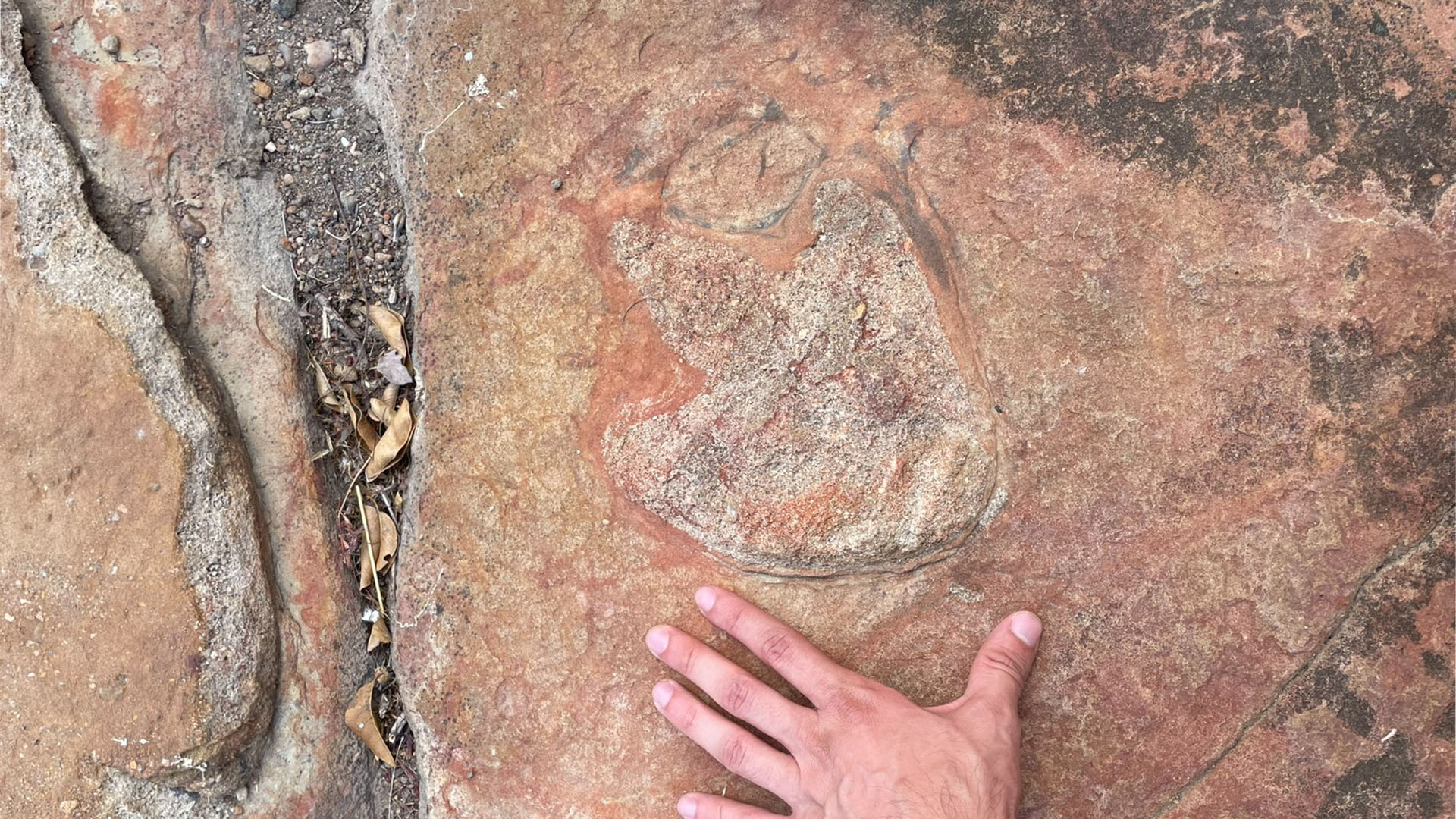
Troiano and colleagues did the study with a group of middle-school students who went to the site in 2023. In addition to learning about paleontology and archaeology, the students helped photograph the fieldwork.
The team noted that the tracks belong to various dinosaur types, such as meat-eating theropods, long-necked sauropods, and two-legged ornithopods, including iguanodontian dinosaurs. The resemblance of the footprints to those of the emu-like rhea (Rhea americana), the largest living bird in Brazil, may have made it easier for ancient people to recognize and interpret these fossil remains, the study authors suggested.
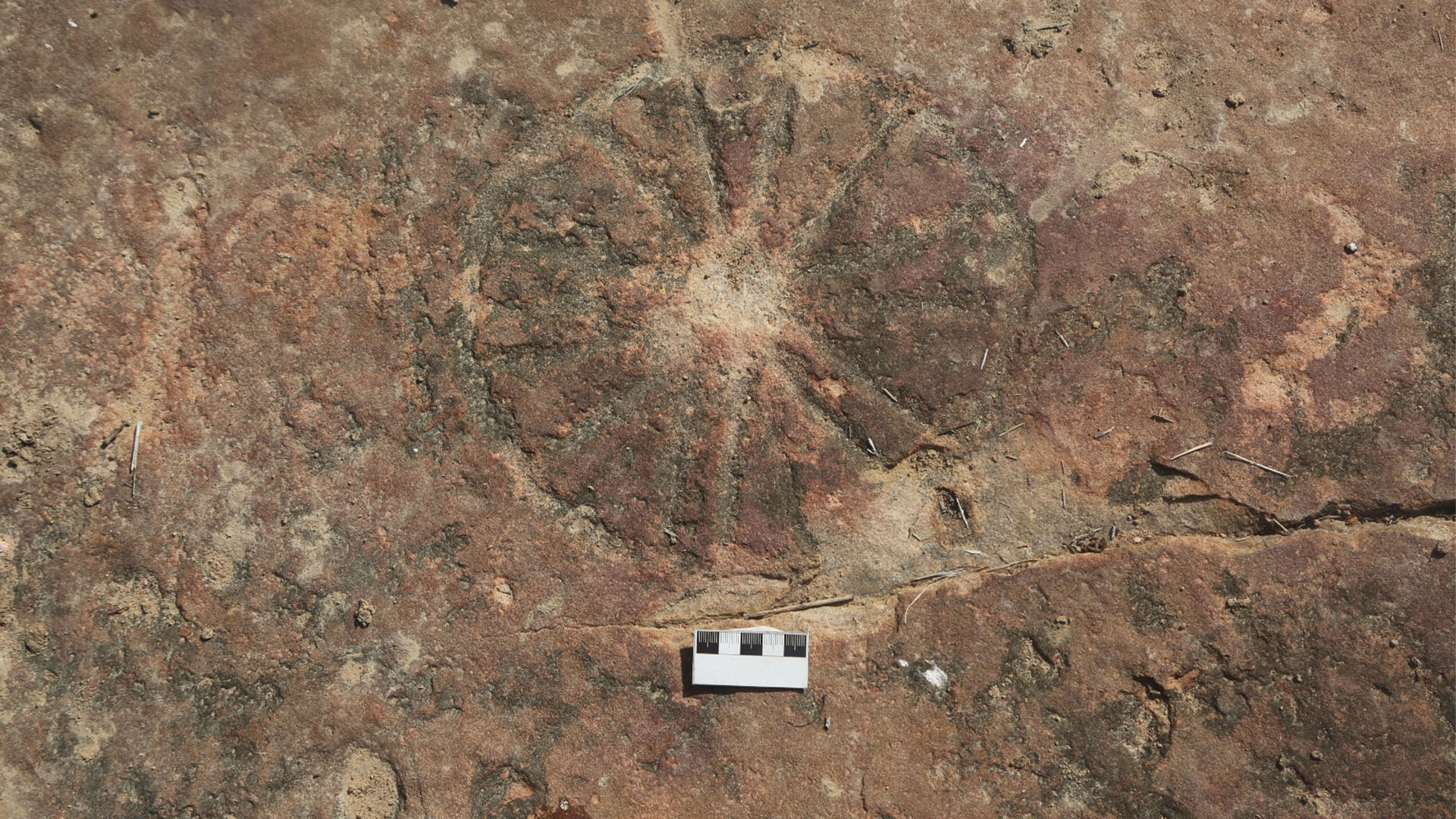
The petroglyphs, largely carvings of circles filled with lines and other geometric strokes, are attributed to humans who lived in the region anywhere between 9,400 and 2,620 years ago. "They were small seminomadic groups of hunters and gatherers who lived in society and used objects made from stones," Troiano said.
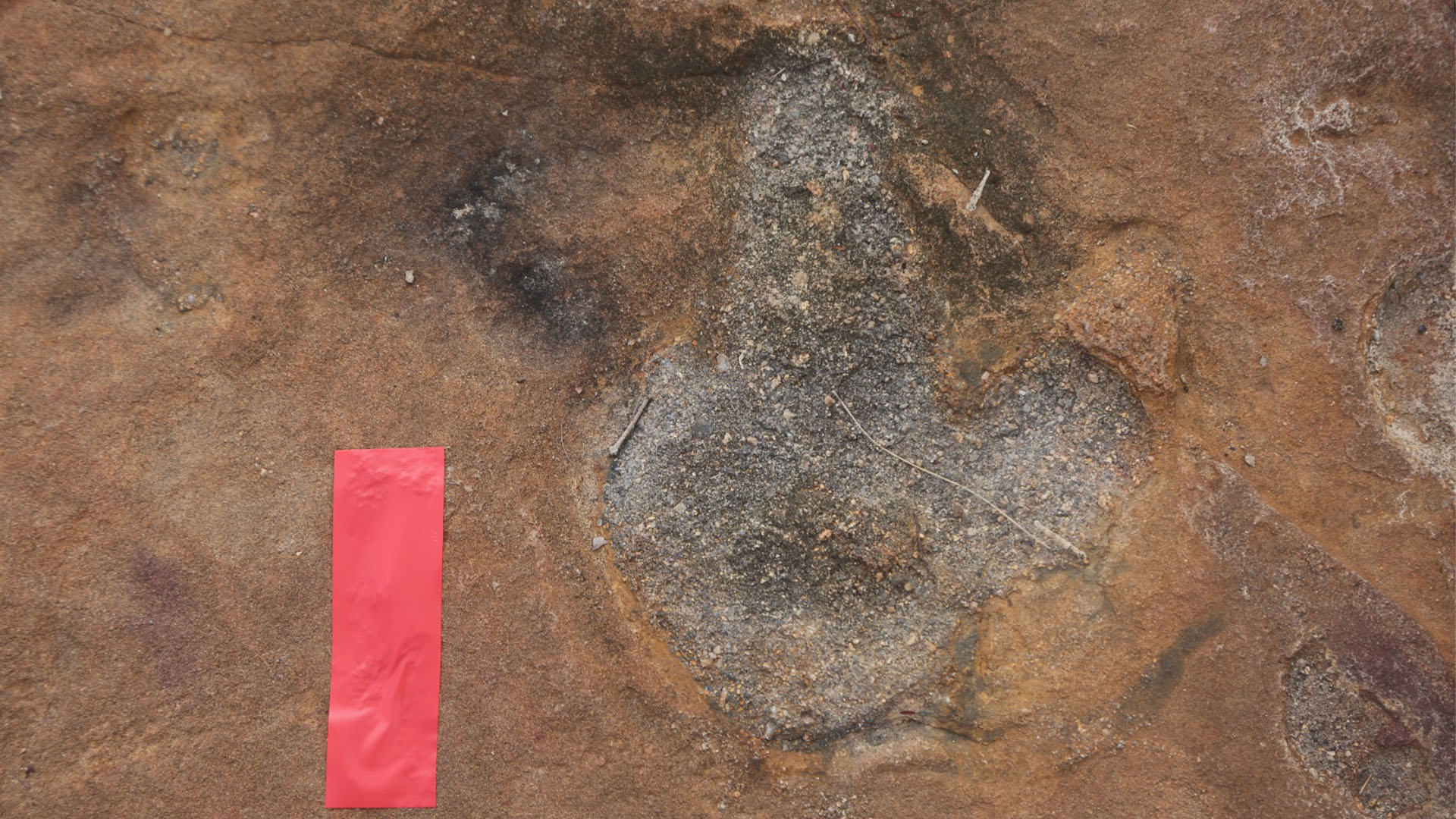
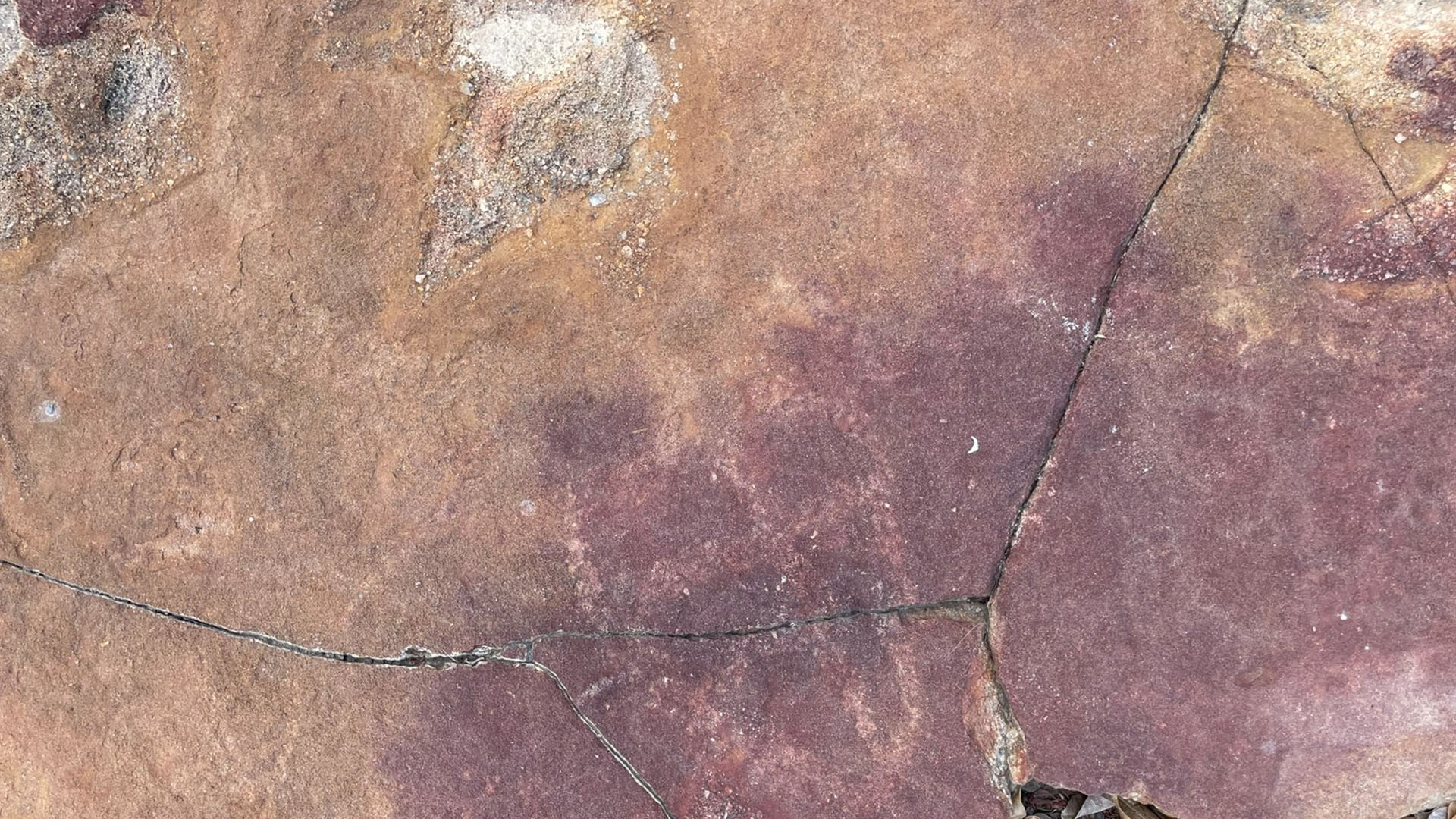

The researchers didn't find any organic remains that would have made radiocarbon dating possible, so "we compared the art to archaeological sites in the region with similar or identical rock art," Troiano said. For instance, petroglyphs in sites such as Pedra do Alexandre, approximately 120 miles (200 km) west of Serrote do Letreiro, date as far back as about 9,400 years ago, based on radiocarbon analyses of human burials.
Ancient humans made the newly described carvings with two techniques: perforation and scraping, the researchers found.
"Perforation involves using a kind of stone hammer to create depressions on the surface, resembling stippling, while scraping entails rubbing a stone against the surface until it forms the desired engraving," Troiano said. In some instances, both techniques were combined to enhance visibility and depth.







